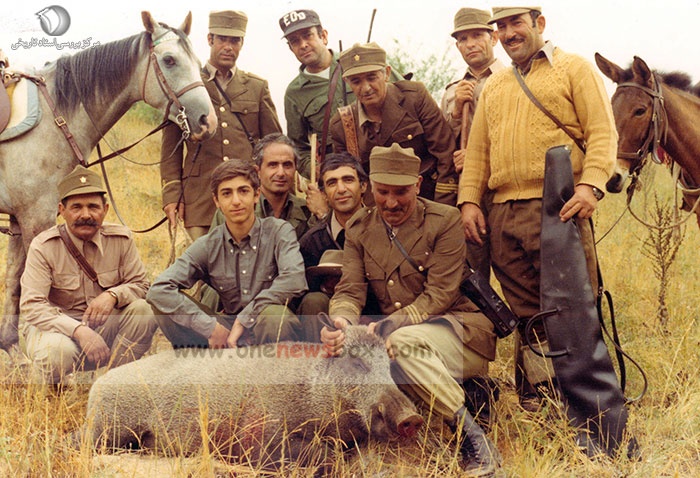Kambiz Atabay stands out in Iranian sporting history for bridging national and continental football administration. His era corresponds to a high point of ambition in football — aiming for World Cups, building domestic leagues, and asserting regional leadership. His legacy is mixed with historical change: what happened after 1979 reshaped many of the structures he helped lead. For students of sports history, his story provides insight into how politics, national ambition, and sport intertwined in during the 1970s.
While he achieved much, the context was one of a monarchy and an era of different governance; analysing his career also means acknowledging the broader historical and political context of Iran at that time. After the 1979 revolution, sporting focus, governance and international engagements experienced significant changes. By the early 1970s, football (soccer) had become a key element of modern cultural identity. The country’s national team was gaining momentum, and the monarchy viewed sports as a symbol of progress and unity. In this environment, Kambiz Atabay was appointed as President of the Football Federation of Iran (FFI) in October 1972.

